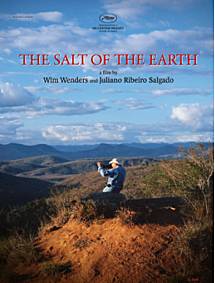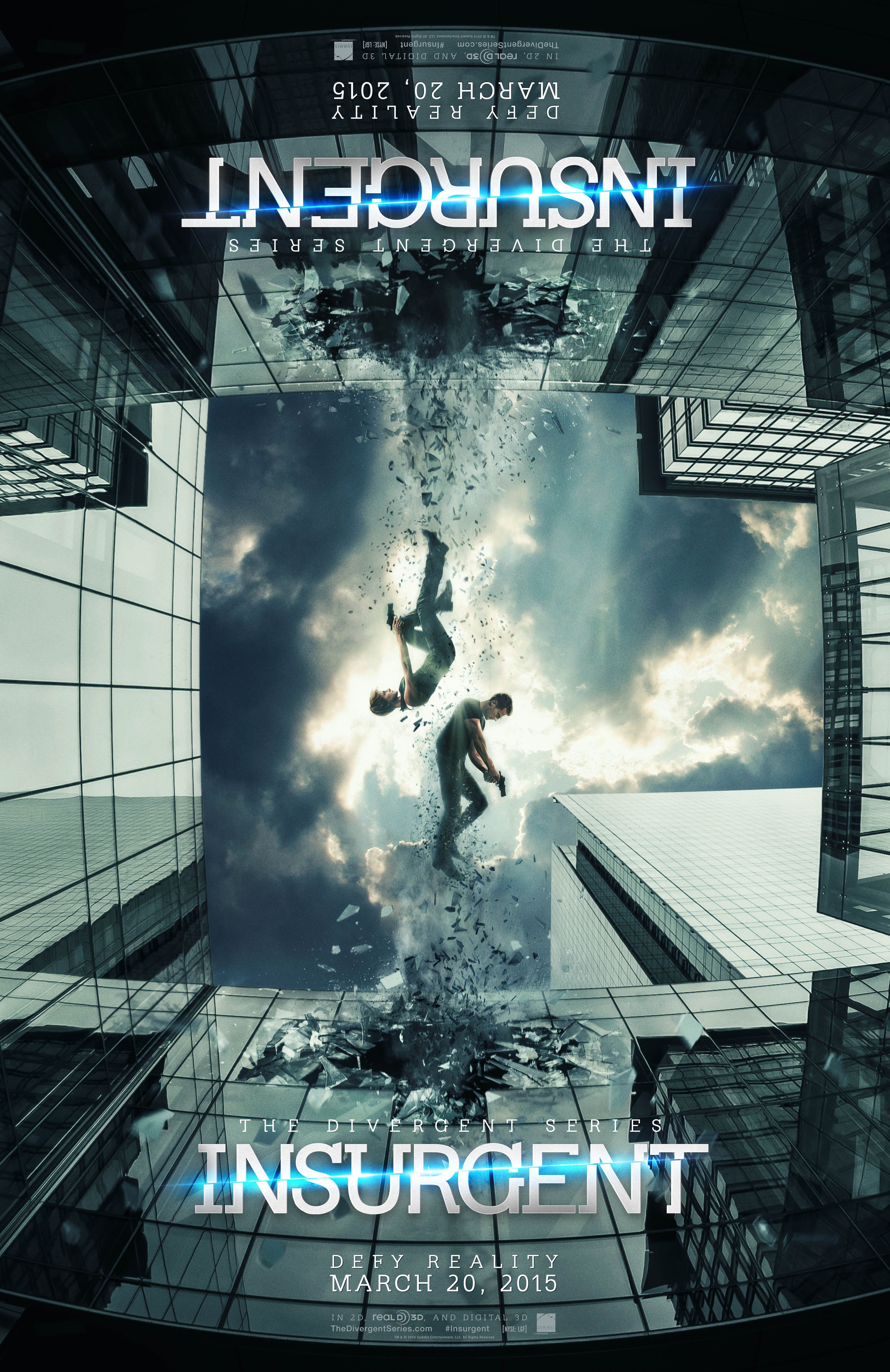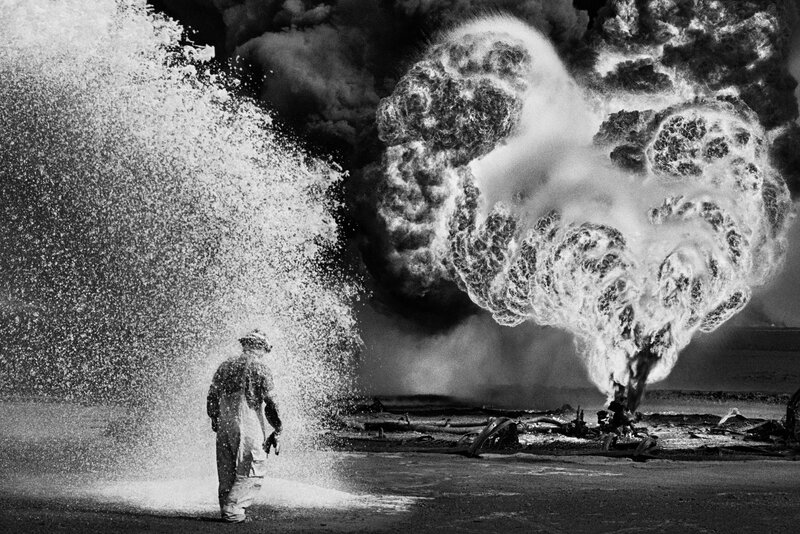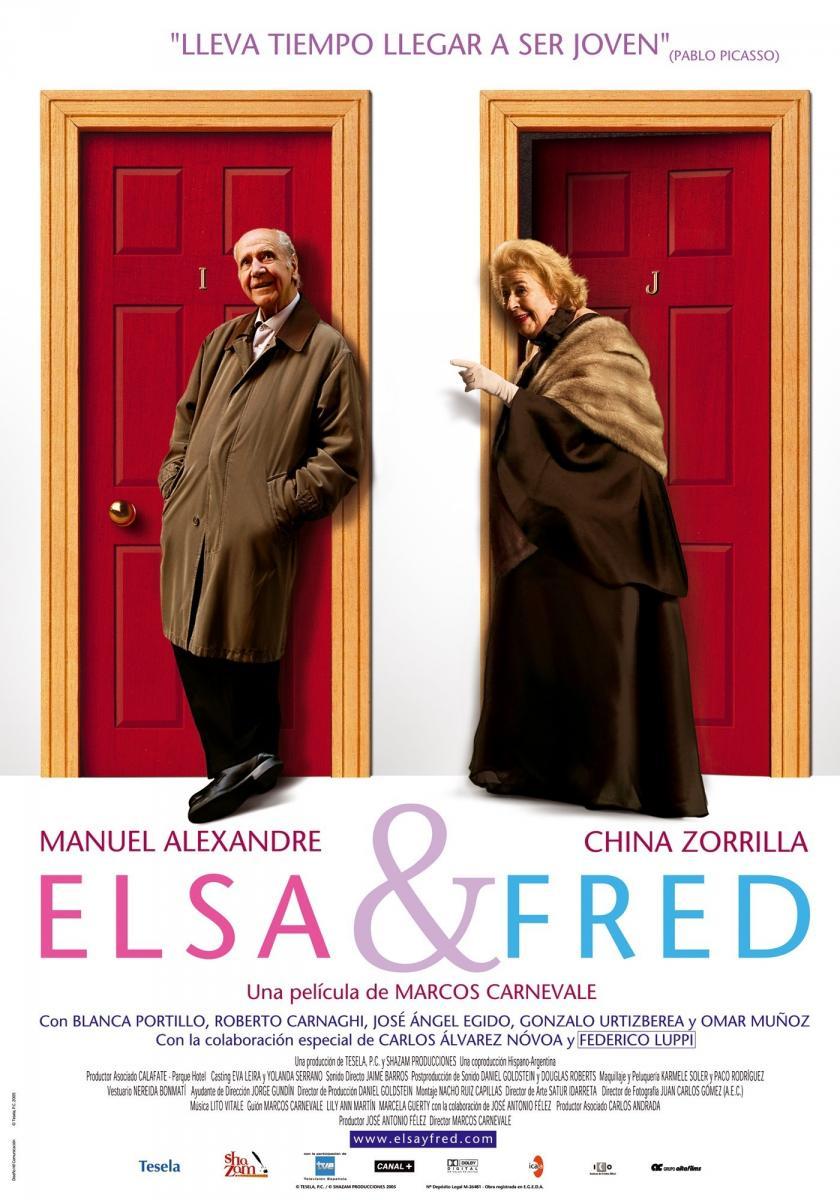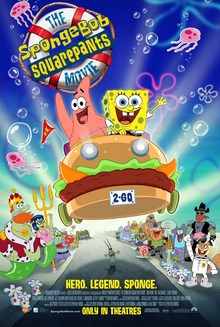Another rerun at the One Movie a Day dare. And another "must see again" movie.
Today was an special day. I got a rare company to the movies. My mother by heart, that is loosing her sight and has a difficult time moving by herself accepted my invitation to go to the movies see The Salt of the Earth, the documentary about Sebastião Salgado's work directed by Juliano Salgado and Wim Wenders and presented here at day nineteen.
The trip to the theater was slow and careful. But the journey with the images, comfortably seated in the front roll, was truelly overwhelming again. I'm not sure, I was amazed at the first time; however, I think that, already knowing what the movie was, my mind was left aside for the most of the film and my emotions took over pretty hard. It was like all my senses were lit and every image, sound, music, silence, dark screen took another meaning. It's not for nothing that I really apreciate seeing a movie more than one time.
The soundtrack goes side by side with the images, in a smart and sensible edditing, unusual for documentaries. And I waited till the last scene in the final credits, with the last note of the score to leave the movie theater.
One afterthought: at one moment, the Salgado Father tells his grandson, in a recorded interview, that he had made money from logging at his farm. A land that got dried out with ongoing dry seasons - but, probably, with the deforestation also. I thought how Sebastião Salgado, the son, took all his inheritances - from his father, from the humanity, from the unfair trade by the economical system that he once was a part of - and turned the tide in a way to do all differently. I'm not turning him into a hero, with all this praising, but it is truelly admirable what he chose to do with his life, despite the hight cost of some of his choices.
At last, during the movie, came to my mind the preface writen by Geoff Dyer, one of my top five authors in life, to his book about jazz But Beautful. His goal at the book is to tell part of the american jazz through pictures from the related time. Some of the Salgado's pictures have such movement and are composed by many and many layers... so I remembered Dyer's words and the images that it evokes:
A NOTE ON PHOTOGRAPHS
Photographs sometimes work on you strangely and simply: at first glance you see things you subsequently discover are not there. Or rather, when you look again you notice things you initially didn’t realize were there. In Milt Hinton’s photograph of Ben Webster, Red Allen, and Pee Wee Russell, for example, I thought that Allen’s foot was resting on the chair in front of him, that Russell was actually drawing on his cigarette, that . . .
The fact that it is not as you remember it is one of the strengths of Hinton’s photograph (or any other for that matter), for although it depicts only a split second the felt duration of the picture extends several seconds either side of that frozen moment to include – or so it seems – what has just happened or is about to happen: Ben tilting back his hat and blowing his nose, Red reaching over to take a cigarette from Pee Wee . . .
Oil paintings leave even the Battle of Britain or Trafalgar strangely silent. Photography, on the other hand, can be as sensitive to sound as it is to light. Good photographs are there to be listened to as well as looked at; the better the photograph, the more there is to hear. The best jazz photographs are those saturated in the sound of their subject. In Carol Reiff’s photo of Chet Baker onstage at Birdland we hear not just the sound of the musicians as they are crowded into the small stage of the frame but the background chat and clinking glasses of the nightclub. Similarly, in Hinton’s photo we hear the sound of Ben turning the pages of the paper, the rustle of cloth as Pee Wee crosses his legs. Had we the means to decipher them, could we not go further still and use photographs like this to hear what was actually being said? Or even, since the best photos seem to extend beyond the moment they depict, what has just been said, what is about to be said.
 |
| DYER, Geoff. Butt Beautifull. UK: Canongate, 1991/1996, p. 9/10. |
The Salt of the Earth. Directed by Juliano Ribeiro Salgado and Wim Wenders.
With: Sebastião Salgado, Juliano Ribeiro Salgado, Lélia Winick Salgado, Wim Wenders.
Writers: Juliano Ribeiro Salgado , Wim Wenders , David Rosier and Camille Delafon.
France/Brazil/Italy, 2014, 110 min., Dolby Digital, Color/Black and White (Cinema).
With: Sebastião Salgado, Juliano Ribeiro Salgado, Lélia Winick Salgado, Wim Wenders.
Writers: Juliano Ribeiro Salgado , Wim Wenders , David Rosier and Camille Delafon.
France/Brazil/Italy, 2014, 110 min., Dolby Digital, Color/Black and White (Cinema).
PS: Today's fragment is a movie that, for me, is a truthful portrait of the modern world, if such a picture is possible. At this morning I saw the last part of Perfect Sense, 2011. With the perfect Eva Green and the beloved Ewan McGregor (that, by the way, is celebrating his 44th birthday this March, 31), the movie told me about humanity and the world in a way that meets my views about both. A must see movie, despite the horribly, lousy translated portuguese title (something like The senses of love... I imagine what someone, that is expecting a sugared romance from this name, feels when sees what is actually in front of him/her).
